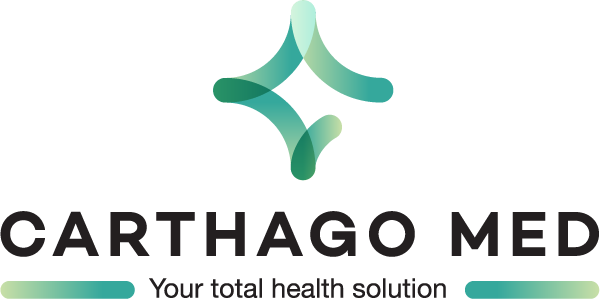Hyperhidrosis treatment :
Low price hyper-sweating treatment
The term hyperhidrosis indicates an excessive secretion of sweat compared to the norm in the palmar (hands), plantar (feet) and axillary (underarm) areas. Sweating is a physiological phenomenon, especially during the summer months. Under normal conditions, our body produces about half a litre of sweat per day.
Price of hyperhidrosis treatment
The price of hyperhidrosis treatment in Tunisia varies according to the technique used to treat this condition and according to the area: hands, feet or armpits. For more information on hyperhidrosis treatment in Tunisia or for a free personalized estimate, please click below.
Course of treatment for hyperhidrosis
The treatment of hyperhidrosis can be achieved by several different therapeutic approaches. The main ones are: iontophoresis, drug treatment, surgery and treatment of hyperhidrosis with botulinum toxin.Iontophoresis is a technique that involves passing a low-intensity current through the skin of the body part affected by hyperhidrosis. It is a non-invasive method used for people who have not been able to obtain a satisfactory result with antiperspirants. The current causes a microscopic thickening of the surface layer that blocks the ducts of the sweat glands and interfere with the sensitivity of the receptors that react to the gland's nerve stimuli. The treatment is carried out with the hands and/or feet immersed in basins partially filled with water and connected by electrodes to the generator. For the armpits, special electrodes are inserted into special, well-wetted absorbent sponge bags. The treatment takes between 20 and 30 minutes. In the treatment of hyperhidrosis, doctors may resort to surgery. The procedure involves the removal of the sweat glands in the armpits. This is an operation to treat underarm hyperhidrosis. If the sweating extends beyond the hairline, a more extensive operation is required, requiring multiple incisions, which in some cases may result in hypertrophic scars. The destruction, denervation and/or removal of sweat glands from the axillary cavity can also be achieved by a technique similar to liposuction, preferably combined with curettage. The procedure can be performed under local anaesthesia. Finally, botulinum toxin is the therapy of choice for the treatment of hyperhidrosis. Botulinum toxin is able to block the secretion of sweat by the sweat gland. This effect is due to the inhibition of the release of a neurotransmitter from nerve endings, which stops the nerve impulse responsible for the stimulation of the sweat gland. It is only after several months that the nerve endings regain the ability to release the neurotransmitter again with a gradual resumption of sweating. The treatment consists of multiple subcutaneous injections of small amounts of the toxin in order to evenly cover the surface affected by excessive sweating.
After-effects of hyperhidrosis treatment
The postoperative course of hyperhidrosis treatment varies according to the therapy used by the doctor. In the treatment of hyperhidrosis by iontophoresis, at the beginning, the treatments must be repeated every day or every other day. During the first few days there may be a transient worsening, but in the following days the sweating tends to gradually decrease. After about 10 days, there is usually a period of dryness in the hands/feet, which can last from a few days to 3-4 weeks. As soon as the first wetness reappears, it is advisable to carry out a maintenance cycle immediately. Many patients have periodic sessions, once a week. If the patient undergoes removal of the underarm sweat glands, the healing and recovery times are about 2 weeks. There are cases of recurrence of symptoms, but by extending the excision to 4-5 cm beyond the axillary crease, the results are satisfactory. In the case of treatment of hyperhidrosis with botulinum toxin, the inhibitory effect lasts about 5-8 months. After that, sweating reappears, at first slightly, then increases very slowly. In many cases, the initial level of hyperhidrosis is not reached even after one year. Therefore, for the majority of patients, an annual treatment is sufficient, preferably repeated before the summer season. Unfortunately, a small percentage of treated cases (about 5-10%) do not respond to this treatment, probably due to the presence of high titers of antibodies against botulinum toxin. In some cases of non-response, a treatment repeated with higher doses may achieve the desired effect. The major advantage of this method is the almost total absence of side effects, in particular there will be no significant compensatory sweating. Any other side effects would in any case be transient in nature.
Hyperhidrosis treatment results
The best results in the treatment of hyperhidrosis are achieved by using botulinum toxin. Treatment with botulinum toxin restores the normal level of sweating and significantly improves social life. The effects last from 6 to 12 months. Treatment of hyperhidrosis with botulinum toxin is extremely effective and safe and leaves no trace of the treatment on the skin.









